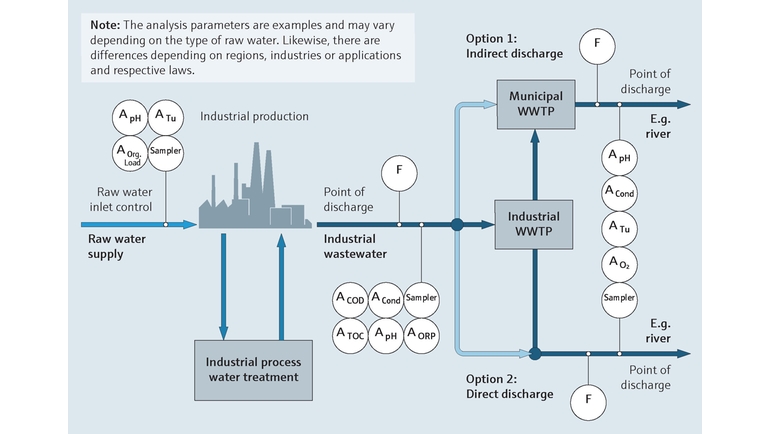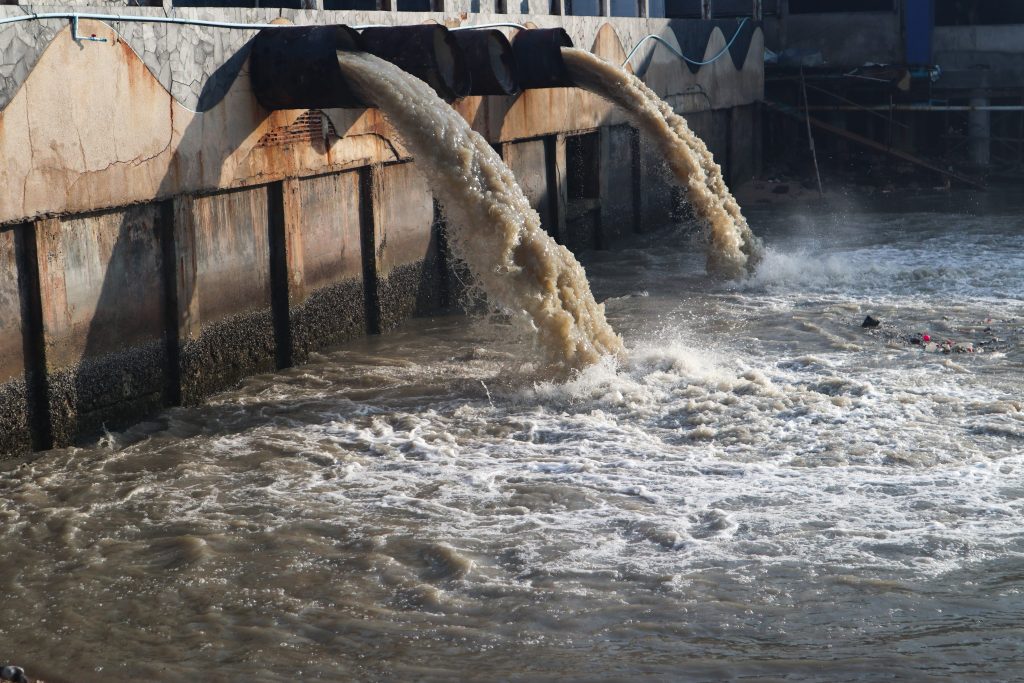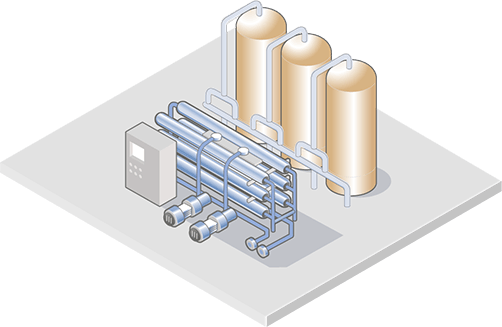Innovations and Breakthroughs in Industrial Waste Water Therapy Technologies
The landscape of industrial wastewater treatment is going through a transformative change, driven by innovations that improve both efficiency and sustainability. Emerging innovations, such as membrane layer bioreactors and microbial gas cells, are redefining impurity removal procedures while adding to power generation. Resource recuperation methods are getting traction, lining up with round economy principles. As governing criteria develop, the assimilation of AI and artificial intelligence right into wastewater monitoring systems promises to enhance procedures and ensure compliance. The complete effects of these innovations raise critical concerns regarding their scalability and long-term influence on market techniques.
Overview of Waste Water Therapy Technologies
Wastewater therapy innovations include a variety of methods designed to get rid of impurities from industrial effluents before their launch right into the atmosphere. These technologies are critical for keeping eco-friendly balance and ensuring conformity with ecological policies. The primary groups of wastewater treatment include physical, chemical, and organic techniques, each offering unique purposes based upon the nature of the pollutants present.

Biological therapy approaches use microorganisms to break down natural issue, making them particularly effective for organic-rich effluents. Methods like triggered sludge and biofilm activators harness the all-natural destruction capabilities of bacteria, resulting in considerable decreases in biochemical oxygen need (FIGURE)
Advanced Purification Strategies
Advanced purification strategies stand for a crucial development in the realm of industrial wastewater treatment, improving the effectiveness of pollutant removal processes. Industrial Waste Water Treatment. These techniques include a variety of innovations, including microfiltration, ultrafiltration, nanofiltration, and reverse osmosis, which offer sequential barriers for numerous fragment dimensions and chemical frameworks
Microfiltration and ultrafiltration make use of membrane layer systems to eliminate suspended solids, germs, and larger organic particles, boosting the high quality of effluent before additional treatment. Nanofiltration links the void in between ultrafiltration and reverse osmosis, efficiently removing divalent ions and organic substances, hence lowering the lots on downstream processes.
Reverse osmosis provides the highest degree of filtration by allowing just water and tiny molecules to pass through its semi-permeable membrane layers, making it suitable for recovering premium water from industrial effluents. Current improvements in membrane technology, including the growth of more fouling-resistant and sturdy materials, have actually substantially boosted operational efficiency and decreased costs.
Integrating these advanced purification techniques not just improves the total therapy procedure however additionally adds to sustainability efforts by allowing water reuse and source recovery in industrial settings. (Industrial Waste Water Treatment)
Organic Treatment Advancements

Moreover, the advancement of engineered biological systems, such as membrane layer bioreactors (MBRs), combines organic treatment with sophisticated membrane layer filtering. This combination allows for greater effluent high quality and reduced impact, making it appropriate for space-constrained commercial facilities. Innovations in genetically crafted microorganisms have actually also arised, enhancing the biodegradation of details pollutants, such as drugs and heavy steels, that are typically testing to remove.
In addition, the execution of bioaugmentation approaches, where useful microbes are presented to boost the existing biological therapy procedures, has actually shown encouraging results in enhancing therapy performance. These advancements jointly represent a fad in the direction of more lasting and efficient organic treatment methods that can adjust to the developing intricacies of commercial wastewater streams. As industries continue to prioritize ecological conformity, these biological developments will certainly play a critical role in wastewater administration.

Source Healing Methods
In commercial settings, the assimilation of source recovery approaches has come to be progressively vital for boosting sustainability and reducing waste. These approaches concentrate on extracting useful materials and power from wastewater streams, thereby changing potential contaminants into recyclable sources.
One famous approach is nutrition recuperation, where nitrogen and phosphorus, the original source commonly existing in excess in wastewater, are recorded and exchanged fertilizers. This not just minimizes ecological effects yet likewise supplies a round economic climate remedy for agricultural applications. Furthermore, technologies such as anaerobic food digestion enable the conversion of organic waste into biogas, an eco-friendly energy source that can balance out fossil gas use in industrial procedures.
In addition, advanced filtering and membrane layer modern technologies facilitate the healing of commercial byproducts such as steels and salts. These recovered materials can be rehabilitated right into manufacturing procedures, reducing the requirement for virgin resources.
Future Patterns in Drainage Monitoring
As sectors increasingly prioritize sustainability, the future of wastewater management is readied to go through considerable makeovers. Technological advancements, such as expert system and artificial intelligence, will allow a lot more effective tracking and administration of wastewater systems. These innovations can anticipate upkeep requirements, enhance therapy processes, and enhance decision-making, ultimately decreasing operational costs and ecological influence.
In addition, the assimilation of round economic climate principles will play an essential role in wastewater my review here monitoring. Industries are anticipated to move towards systems that not only deal with wastewater however likewise recover valuable sources, such as nutrients, water, and power. This transition will decrease waste and advertise the reuse of materials, aligning with international sustainability goals.
Emerging therapy methods, such as membrane bioreactors and progressed oxidation processes, will better improve the effectiveness of wastewater therapy, permitting better effluents appropriate for reuse. Additionally, governing frameworks are most likely to progress, emphasizing more stringent requirements for wastewater discharge and encouraging markets to adopt cutting-edge treatment solutions.
Final Thought
In verdict, the evolution of industrial wastewater treatment innovations shows a substantial shift towards improved effectiveness and sustainability (Industrial Waste Water Treatment). Technologies in advanced filtration techniques, biological treatments, and resource healing techniques highlight the market's dedication to ecological stewardship.
The landscape of commercial wastewater therapy is undertaking a transformative change, driven by innovations that enhance both efficiency and sustainability.Wastewater treatment technologies encompass a range of methods developed to remove contaminants from industrial effluents prior to their release into the environment.Utilizing the power of biological processes has actually led to significant innovations in the treatment of commercial wastewater.Additionally, the application of bioaugmentation approaches, where beneficial microorganisms are introduced to boost the existing biological therapy procedures, has revealed promising outcomes in improving treatment efficiency. These developments jointly signify a trend towards more lasting and effective organic therapy techniques that can adapt to the advancing complexities of commercial wastewater streams.